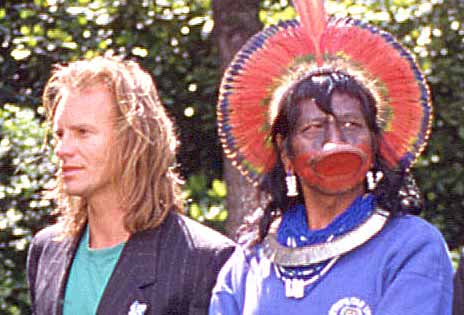A Body Stamp from Nisibón
When this discussion was recorded Angus was feeling pretty hungry. Just the time for Alice to present some roundish, brownish, nicely decorated objects to him that she found at a site near Nisíbon (Dominican Republic). Naturally Angus thoughts these things look like cookies or like baking moulds. Of course they are not! Yet these objects may not be a feast for the stomach, they would have given you a feast for the eyes as they were likely used for body or cloth decoration. In other words, these objects prove that those silly 16th century Spaniards were quite wrong when they described the indigenous people as going about naked. Would you like to know more colourful facts about them? Get ready as we stamp out Angus’s and the Spanish silly beliefs about these enigmatic clay objects in this all new episode!
To look at while you listen to us:

Microscope close-up of the incisions of one of the body stamps. You can not only see the grooves, but also the grit used to temper the clay with (the white dots)

Microscope close-up of the incisions of one of the body stamps. You can not only see the grooves, but also the grit used to temper the clay with (the white dots)

Microscope close-up of the incisions of one of the body stamps. You can not only see the grooves, but also futhe grit used to temper the clay with (the white dots)

Raoni, A Kayopo leader at an indigenous summit in Paris, together with recording artist Sting. Note the vibrant red and black colours of Raoni’s face oaint and headdress, as well as his stylish decision to mix these up with a cool blue t-shirt (Wikipedia, by Phil Harmonic)
Further information:
- The seminal 1995 article by Terence Turner on the Kayopo and their body decorations.
- A Youtube movie on the contemporary Kayopo.
- The Facebook page of the Nisibón community
- Wikipedia information on roucou or Bixa orellana and on
- And one urban myth confirmed: aside from roucou, cochineal, itself a product of pre-colonial Mexico, is used to make carmine.
As always thank you for listening and please share this podcast with friends, family and general fans of cool objects that are part of enigmatic yet still world-spanning histories. Have some ideas of your own about how these objects could have been used? Know a good cookie recipe? Let us know in the comments below or on Twitter @theshoresoftime Also tell us what you think of the podcast and how we can improve the way we share these stories of the Caribbean and its objects. We are also always on the lookout for new objects and their stories, so if you have something to share, from the modern Caribbean to PaleoIndian times, don’t hesitate to contact us.
We are still on our summer schedule, which means we will be back with a regular but hopefully equally riveting episode in 2 weeks. We’ll talk to you then, but for now remember: In this great future you can’t forget your past!
Acknowledgements: This podcast was made possible thanks to financial support by the Netherlands Organisation for Scientific Research (NWO). Alice is employed by University of Leicester’s School of Ancient History and Archaeology and Angus works at Stanford University’s Archaeology Center.





